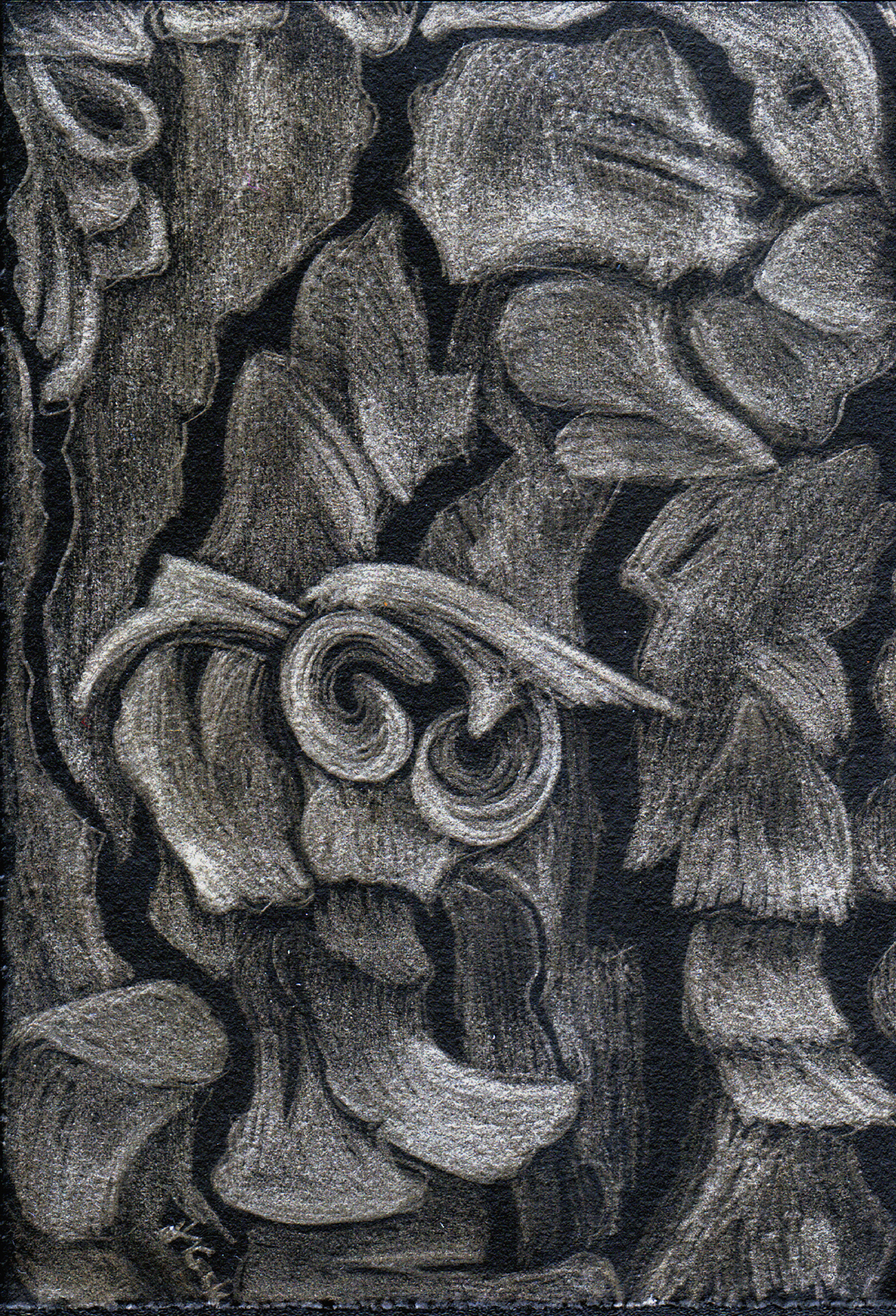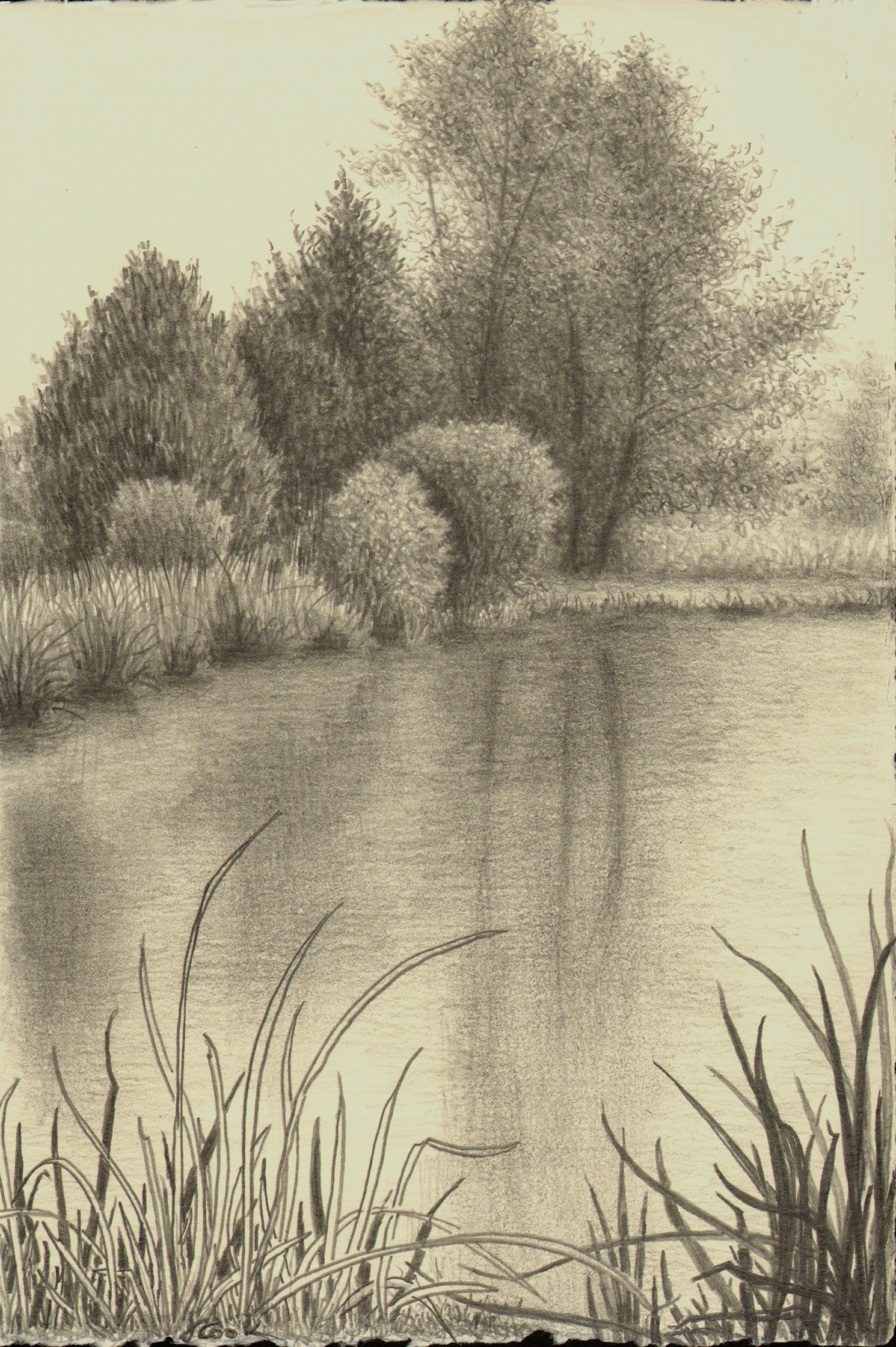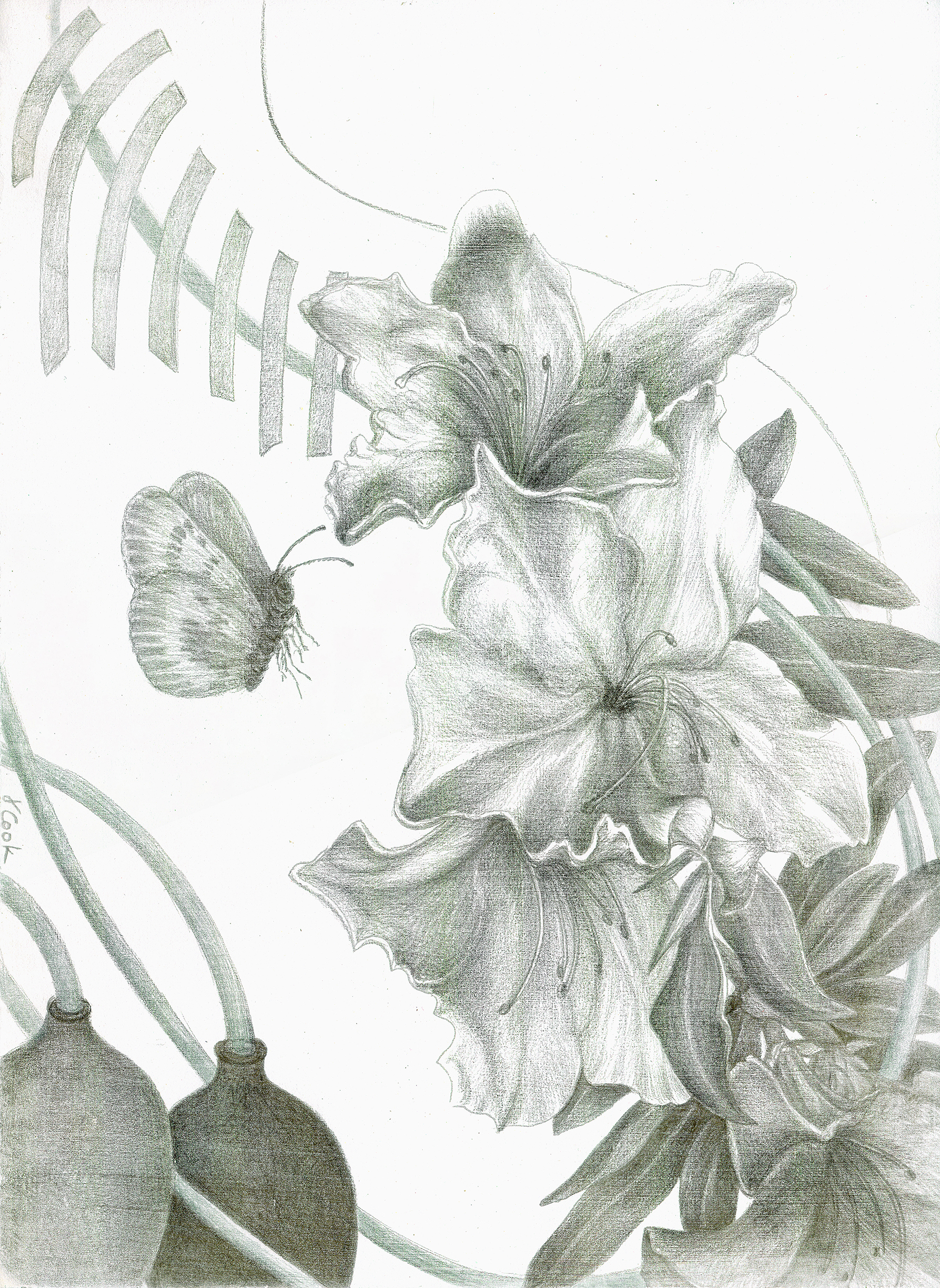Many a week has flashed past since I last blogged here, weeks that began with a wonderful kalidescope of art exhibitions in London for five days (of which more in future days) but then became a succession of shocks and anxieties as my beloved Rundle was found to have a ruptured aneurysm in his leg. Art obviously took very much a back seat as I robed and unrobed on my visits to the ICU in a local hospital, where Rundle lay fighting to beat the high odds of losing his leg.
For the next weeks, Rundle was in a hospital room overlooking the azure Mediterranean, with the view framed by beautiful umbrella pines and buildings that perfectly complemented the scene with luminous ocres and cream facades. Expansive and beautiful - I finally was able to do some quick drawings, but the wonderful variety of moods and lights was harder to capture. Nonetheless, even the act of picking up a pencil to draw helped to ground me again in this strange world in which both of us were living. Showing Rundle the drawings seemed to help him too, despite the grinding pain and discomfort.
Now the days back at home are far more interlinked with art. It helps at every turn - distraction for Rundle as he recuperates, centering for me when I can slip away for a few minutes to start drawing tiny silverpoints - a series on black ground (again!) which I found myself referring to as Ariadne's Thread. She provided the thread that helped Thesus wend his way out of the Labyrinth after he had killed the Minotaur. It seems art is helping us out of our labyrinth, towards sustaining a more normal life.
Ariadne's Thread I - pine tree bark, silverpoint on black, Jeannine Cook artist
Ariadne's Thread II - pine tree bark, silverpoint on black, Jeannine Cook artist
Meanwhile, my earlier gambles with an artist's eye in decisions on reorganising a house are paying off. By now, furniture is moved, paintings hung in different places, lighting improved, and everything is indeed becoming serene. Beautiful things can now breath and be seen, with remarkably few major changes. It confirms the fun and huge importance of being an artist, even in daily life when one is not wielding a paint brush! Art does sustain.











